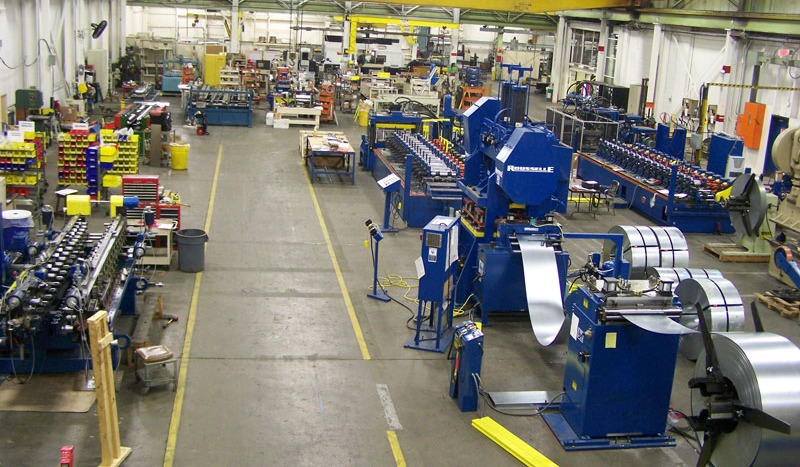In roll forming, when a shop is using a non-driven coil reel, there is usually still a drag device to keep the coil from over-spinning. There are two main choices when it comes to this device: the shop either needs a pneumatic or a mechanical brake. In this blog post, we'll explain how many roll forming shops use brakes in non-driven coil reel applications.
The Purpose of Brakes in Non-Driven Applications
Whether a shop uses a pneumatic or a mechanical brake usually comes down to the specific application it's working with. The line speed and the coil weight in which it's trying to stop are important factors to be considered when making this choice.
Today, many roll formers are utilizing a type of pneumatic brake called an automatically adjusting brake, which uses a laser sensor that constantly measures the diameter of the coil and automatically adjust the brake according to that diameter.
Based on the difference between the OD and the ID, when you’re in within a certain range you really don’t need to do compensation. As you have a fuller coil, you’re going to need more brake pressure to stop that. As you get into a smaller coil, you need less brake pressure accordingly.
Wear and tear maintenance by the operator or the maintenance personnel is greatly reduced and the longevity of the equipment is enhanced as a result of dynamically adjusting the tension.



